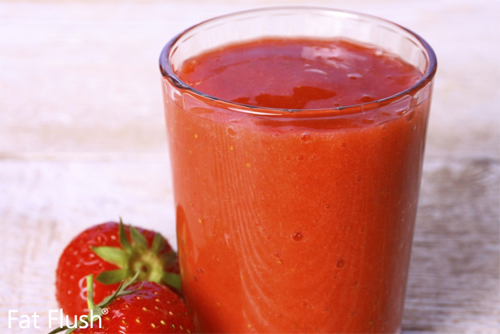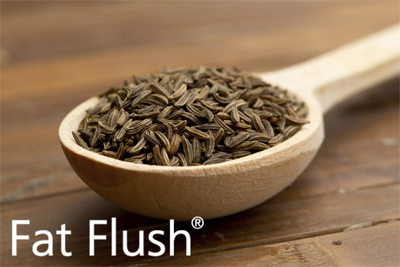Preparing double —or more— of a recipe and freezing the extra is an easy way to save money, time, and still have a delicious Fat Flush-friendly meal ready whenever you need it!
Here are some tips to help you freeze foods properly from start to finish:
1. Select foods that are freeze-friendly.
This tip takes some trial and error, but try to choose hearty recipes to freeze. All-inclusive meals such as soups, chili, casseroles work well. You can also cook and freeze meats like chicken and beef.
2. Cool the food before freezing.
This may sound redundant, but bare with me. Putting foods in the freezer that are still warm can alter the temperature of the freezer and impact other food you have stored there. (It may even alter the texture and flavor.) The best thing to do is place the food in a shallow container in the fridge until it’s thoroughly cooled.
For soups and stews with some fat content, skim the fat from the top between cooling and freezing. Besides cutting the ‘fat’ content— literally— this detail lengthens the time the dish can spend in the freezer as fat spoils over time, even in the freezer!
3. Efficient storage is key.
Freezer bags work perfectly as long as you remove the air from the bags before sealing. The bags allow the food to lay flat, saving you space but also exposing it to the cold air for a thorough, even freeze. Storing the food in single portions will also help keep the temperature down—the cold air can circulate freely— but it will also save you time later when you can simply thaw as many portions as you need (single helpings, 2, 3, etc).
4. Freeze it fast!
Don’t let the dish sit around the fridge for a few days before you freeze it. The fresher it is when it’s frozen, the better the quality when it’s thawed. Most dishes will keep in the freezer for 2-3 months.


